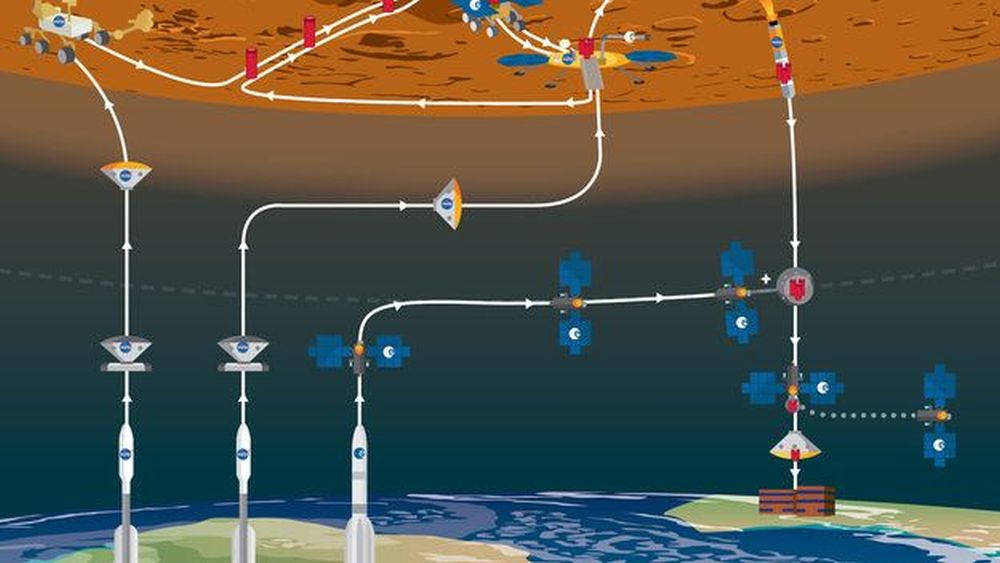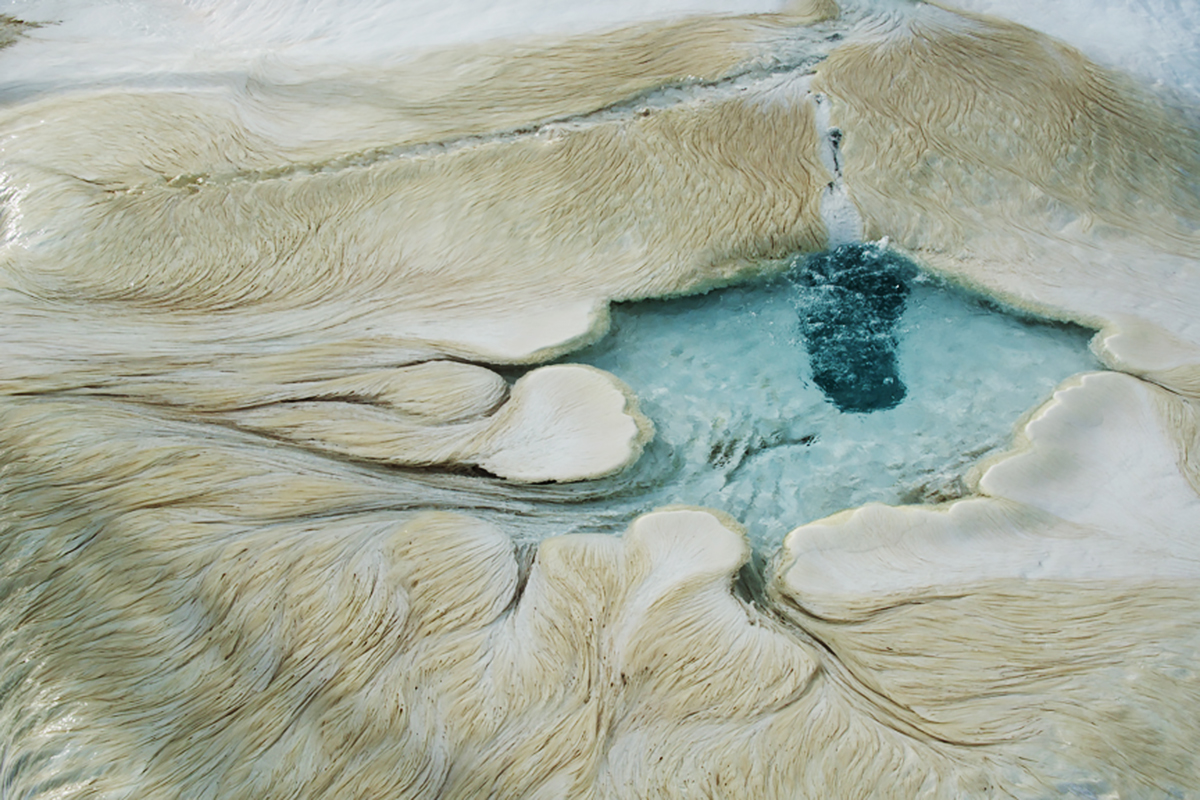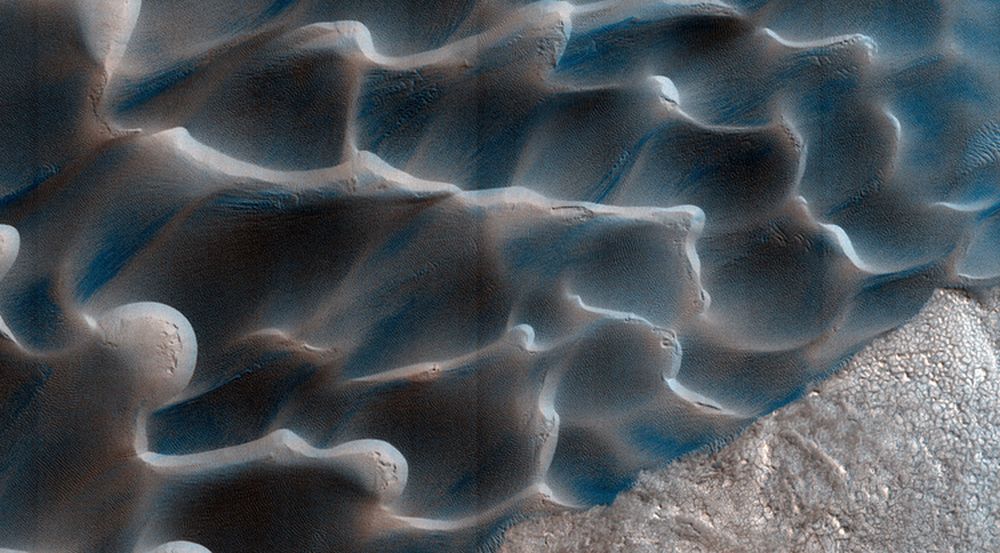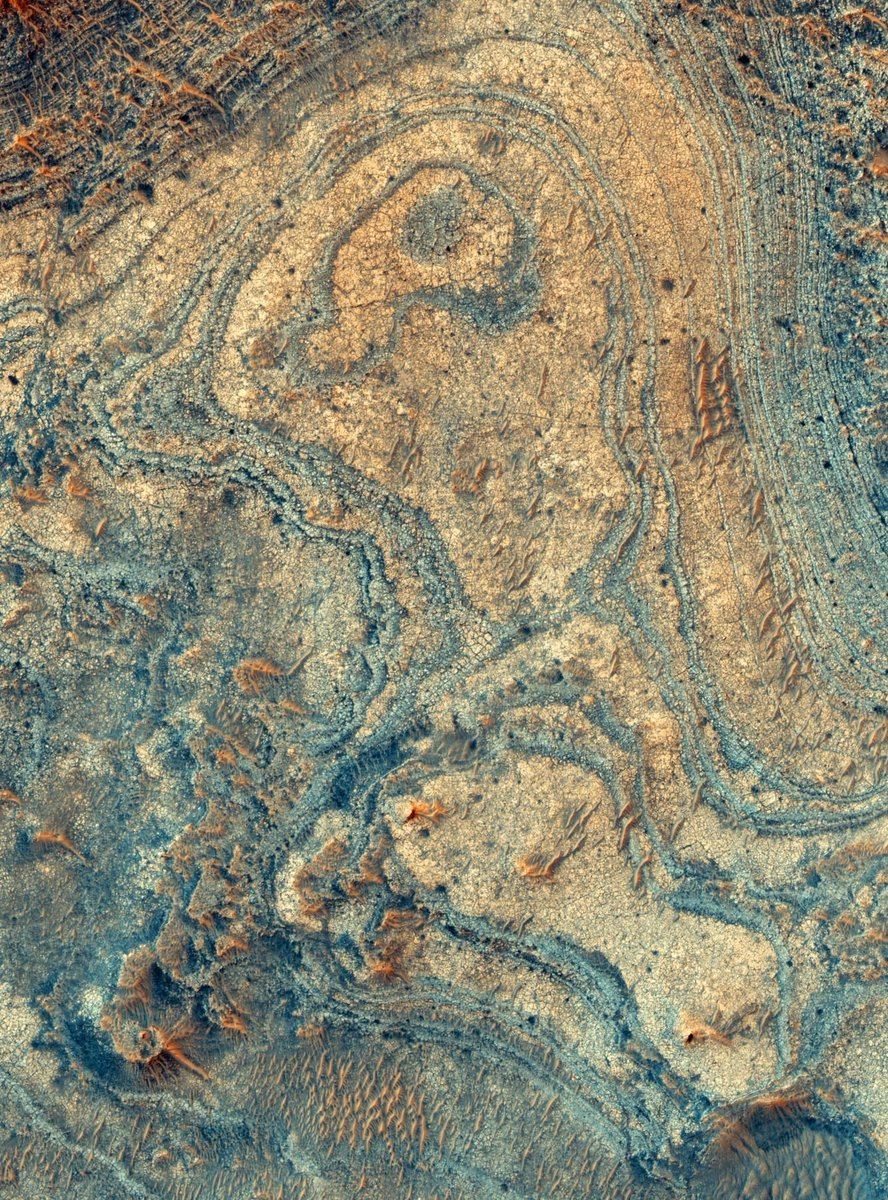We’ve learned a lot about Mars in recent years. Multiple orbiters and hugely-successful rover missions have delivered a cascade of discoveries about our neighbouring planet. But to take the next step in unlocking Mars’ secrets, we need to get Martian samples back to Earth.
Continue reading “How Will NASA and ESA Handle Mars Samples When They Get Them Back to Earth?”Rovers on Mars should be searching for rocks that look like pasta – they’re almost certainly created by life
According to a new NASA-funded study that appeared in Astrobiology, the next missions to Mars should be on the lookout for rocks that look like “fettuccine”. The reason for this, according to the research team, is that the formation of these types of rocks is controlled by a form of ancient and hardy bacteria here on Earth that are able to thrive in conditions similar to what Mars experiences today.
Continue reading “Rovers on Mars should be searching for rocks that look like pasta – they’re almost certainly created by life”This is Where Mars 2020 Rover is Heading. From this Picture, I Think You Can Guess Why
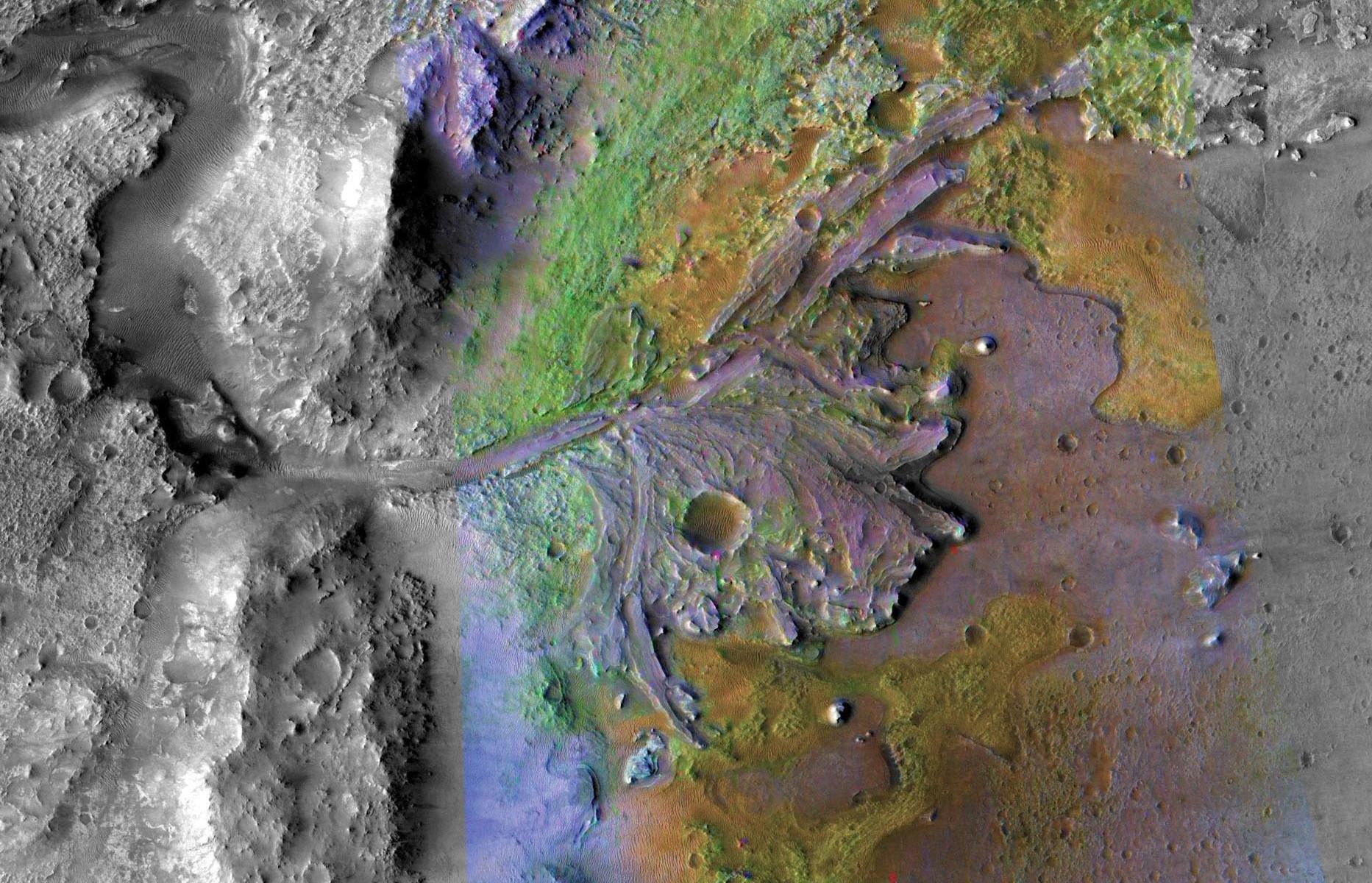
Get used to hearing the name “Jezero Crater.” It’s the landing site for NASA’s Mars 2020 rover. The 2020 rover is slated to launch in July 2020, and will land at Jezero Crater in February, 2021.
It’s pretty easy to see why NASA chose Jezero Crater for the next rover in their Mars Exploration Program (MEP). MEP is NASA’s long-term plan to explore Mars robotically. It includes rovers like Spirit, Opportunity, and MSL, the InSight Lander, orbiting spacecraft, and soon the 2020 rover.
Continue reading “This is Where Mars 2020 Rover is Heading. From this Picture, I Think You Can Guess Why”Different Conditions From Earth Drive the Movement of Sand Dunes on Mars
Mars is a sandy planet and the HiRISE camera on the Mars Reconnaissance Orbiter (MRO) has given us tons of beautiful pictures of Martian sand dunes. But Mars’ dunes are much different than dunes here on Earth. Their movement is governed by different factors than Earth dunes.
Continue reading “Different Conditions From Earth Drive the Movement of Sand Dunes on Mars”This Strange Feature on Mars was Probably the Result of an Ancient Volcanic Explosion
A strange feature on the surface of Mars has kept scientists guessing about its origin. It’s a surface deposit of a mineral which is more common in the interiors of planets. A new study shows that this interior mineral was probably brought to the surface by an ancient explosive volcano.
Continue reading “This Strange Feature on Mars was Probably the Result of an Ancient Volcanic Explosion”New layers of water ice have been found beneath Mars’ North Pole

One of the most profound similarities between Earth and Mars, one which makes it a popular target for research and exploration, is the presence of water ice on its surface (mainly in the form of its polar ice caps). But perhaps even more interesting is the presence of glaciers beneath the surface, which is something scientists have speculated about long before their presence was confirmed.
These caches of subsurface water could tell us a great deal about Martian history, and could even be an invaluable resource if humans ever choose to make Mars their home someday. According to a recent study by a pair of scientists from the Universities of Texas at Austin and Arizona, there are also layers of ice beneath the northern polar ice cap that could be the largest reservoir of water on the planet.
Continue reading “New layers of water ice have been found beneath Mars’ North Pole”Most of the Solar System Should be a Protected Wilderness. One-Eighth Left for Mining and Resource Exploitation
There is no doubt that our world is in the midst of a climate crisis. Between increasing levels of carbon dioxide in our atmosphere, rising temperatures and sea levels, ocean acidification, species extinctions, waste production, diminishing supplies of fresh water, drought, severe weather, and all of the resulting fallout, the “Anthropocene” is not shaping up too well.
It is little wonder then why luminaries like Stephen Hawking, Buzz Aldrin, and Elon Musk believe that we must look off-world to ensure our survival. However, there are those who caution that in so doing, humans will simply shift our burdens onto new locations. Addressing this possibility, two distinguished researchers recently published a paper where they suggest that we should set aside “wilderness” spaces” in our Solar System today.
Continue reading “Most of the Solar System Should be a Protected Wilderness. One-Eighth Left for Mining and Resource Exploitation”NASA Senior Engineer Kobie Boykins talks About Exploring Mars. And I was There to See it!

As part of National Geographic Live, Chief Engineer Kobie Boykins of NASA’s Jet Propulsion Laboratory (JPL) has been touring the world of late. As part of the program’s goal of having featured speakers share their behind-the-scenes stories, Boykins has been showcasing the accomplishments of NASA’s Mars robotic exploration programs – of which he played a major role.
This week, his tour brought him to my hometown, where he delivered a presentation to a packed house at the Royal Theatre here in of Victoria, BC. Titled “Exploring Mars”, Boykins shared personal stories of what it was like to be an integral part of the team that created the Sojourner, Spirit, Opportunity, Curiosity and Mars 2020 rovers. I had the honor of attending the event, and being able to do a little Q&A with him after the show.
Continue reading “NASA Senior Engineer Kobie Boykins talks About Exploring Mars. And I was There to See it!”The Global Dust Storm that Ended Opportunity Helped Teach us how Mars Lost its Water
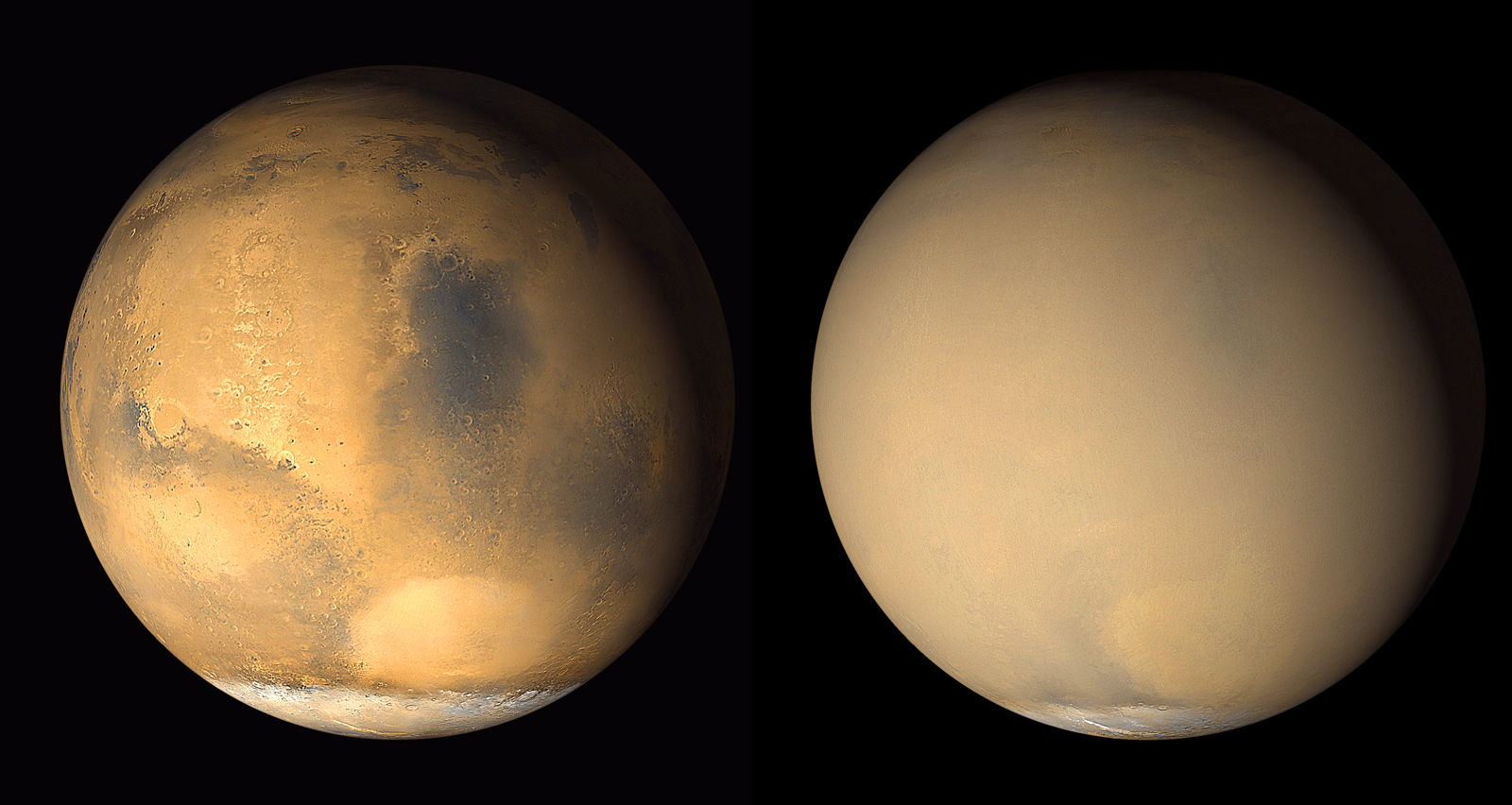
The enduring, and maybe endearing, mystery around Mars is what happened to its water? We can say with near-certainty now, thanks to the squad of Mars rovers and orbiters, that Mars was once much wetter. In fact that planet may have had an ocean that covered a third of the surface. But what happened to it all?
As it turns out, the global dust storms that envelop Mars, and in particular the most recent one that felled the Opportunity rover, may offer an explanation.
Continue reading “The Global Dust Storm that Ended Opportunity Helped Teach us how Mars Lost its Water”InSight Just Detected its First “Marsquake”
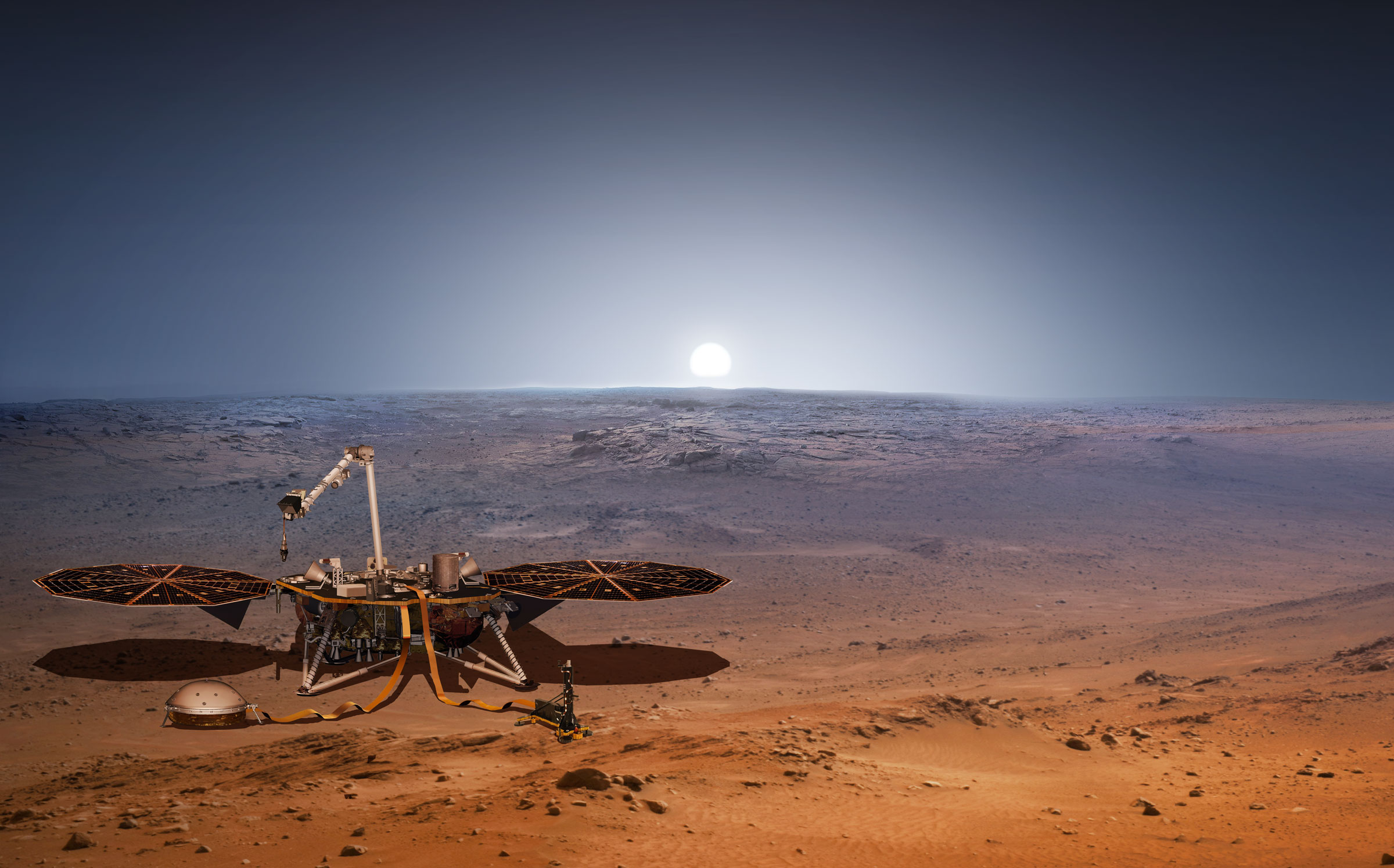
In November of 2018, the NASA Interior Exploration using Seismic Investigations, Geodesy and Heat Transport (InSight) lander set down on Mars. Shortly thereafter, it began preparing for its science operations, which would consist of studying Mars’ seismology and its heat flow for the sake of learning how this planet – and all the other terrestrial planets in the Solar System (like Earth) – formed and evolved over time.
With science operations well-underway, InSight has been “listening” to Mars to see what it can learn about its interior structure and composition. A few weeks ago, mission controllers discovered that the lander’s Seismic Experiment for Interior Structure (SEIS) instrument detected its strongest seismic signal (aka. a “marsquake”) to date. This faint quake could reveal much about the Red Planet and how it came to be.
Continue reading “InSight Just Detected its First “Marsquake””
